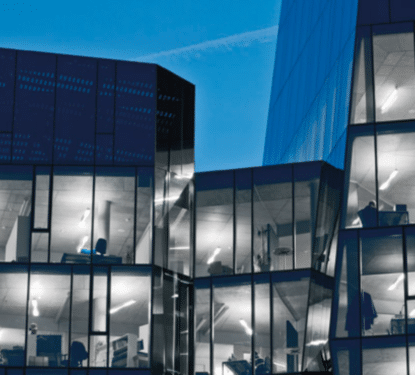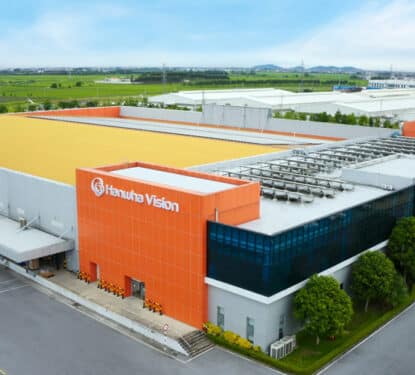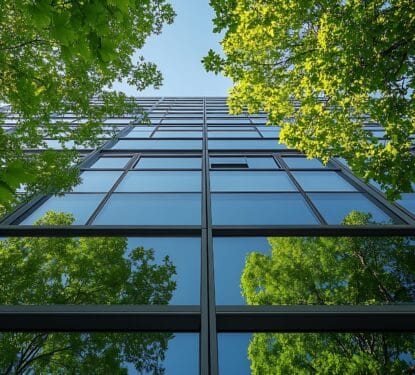Our smart buildings and smart cities are now being designed to sense and understand the world around them much like humans do. Networks of sensors hear via microphones in voice control, smell via air quality or gas monitors and feel via temperature, humidity, or pressure sensors. However, like in humans, sight is generally accepted as the ultimate sensing ability. In recent years we have seen a maturing of the video surveillance market led by advances in camera hardware and the emergence of intelligent cloud computing that is able to process the huge volumes of data that video surveillance produces. This month, record levels of funding are setting the stage for our buildings and cities to become visually smart. “In 2019, artificial intelligence (AI) technology applied to Video Surveillance has convinced the market that by 2020 it will become mainstream over the next 10 years,” states our report – The Physical Security Business 2020 to 2025. […]
Most Popular Articles

Zumtobel Invests €191 Million in R&D for Smart Buildings Growth
This Research Note examines Zumtobel, an Austrian listed lighting group active worldwide, highlighting its latest financial results as of 30th April 2025, published on 24th July. This updates our research note from last year. We also explore the Smart Building Solutions new business area, partnerships, and a European Investment Bank loan for research and development. […]

Hanwha’s Robust Financial Results: Significant $1Bn Revenue Achievement
This Research Note explores the development and financial highlights of Hanwha Vision, formerly known as Hanwha Techwin, a video surveillance company listed on the South Korean stock exchange. This analysis is based on Hanwha Vision’s Sustainability Report, 2nd July 2025, and Memoori analysis. Hanwha Vision Profile Headquartered in South Korea, Hanwha Techwin entered the video […]

Legence IPO Filing 2025: Financial & Market Position Analysis
This Research Note examines the recent Legence Corp. filing at the US SEC for an Initial Public Offering. We highlight the transaction details, profile the business segments offering engineering, installation and maintenance services and sustainability consulting, and explore the financial highlights of the $2.1 billion revenue company. Transaction Details Blackstone is exploring a potential sale […]
